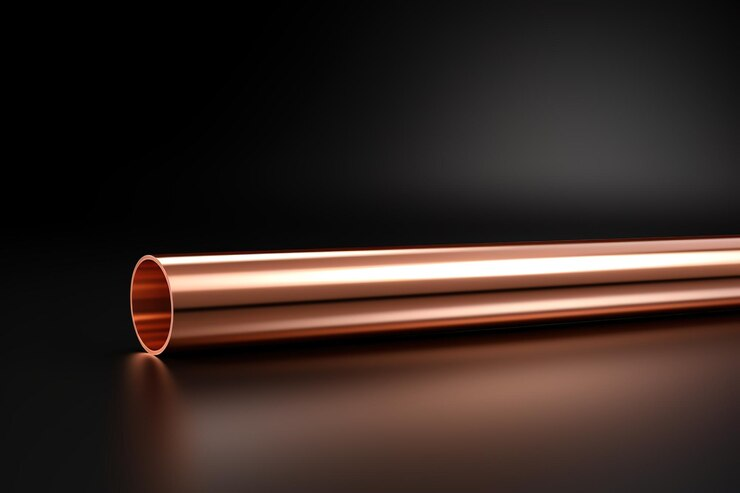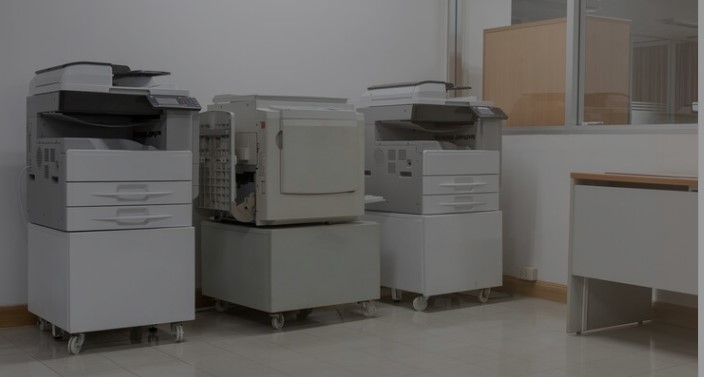Copper tubes shape the bones of air conditioning systems across Singapore. These slim lines carry cool air where it’s needed. But over time, even the strongest copper tube can bend, crack, or rust. The usual troubles that sneak into these pipes. Whether you run a shop or cool a flat, knowing what harms an aircon pipe helps you act before damage grows worse.
Why Copper Tubes Matter in Your Cooling System
Copper Works Quietly But Does a Big Job
Tubes move cold air through aircon units. These pipes must stay strong and tight. When they crack or clog, the aircon hisses, leaks, or warms up instead of cooling. A damaged aircon copper pipe wastes energy and stirs high power bills. When these problems linger, they may even ruin the whole cooling system.
By spotting weak copper early, you avoid heat, hassle, and high repair costs. Small checks and fixes keep cool air flowing and your space comfortable year-round.
Corrosion Eats the Pipes
Rust Sneaks In Through Tiny Openings
Singapore’s wet air feeds corrosion. When water clings to the tube, it forms green or white spots. These marks spread fast and chew through the metal. If left alone, rust drills holes in the pipe. The gas leaks, and the system loses its chill.
Fix: Scrub away the rust with a wire brush and apply a protective coat to seal the copper. In bad cases, slice out the rusty part and fit a clean new piece. A cover or insulation wrap blocks damp air from biting again.
Bends or Cracks from Force
Tight Turns Can Snap the Tube
When pipes twist too sharply during setup, the copper weakens. A bad bend turns into a break. Even a small crack leaks gas.
Tall buildings and long pipe runs often face strain, especially when pipes squeeze into tight corners. These issues form one of the most common copper tube problems Singapore encounters in high-rise flats and commercial spaces.
Fix: Swap the broken part with a new section. To stop it from happening again, shape the pipe slowly with proper bending tools. Use gentle curves instead of sharp turns to guard its strength..
Leaks That Hide Behind Walls
Invisible Drips Drain Power and Cool Air
Leaks may seem small, but they cause big trouble. They often creep behind walls or above ceilings where no one sees them. You may only notice when your aircon stops cooling, drips water, or blows hot air. In Singapore’s heat, that spells disaster fast.
Fix: Trace the leak using soap bubbles on the pipe. Where it foams, there’s a hole. Cut out that spot and join a new piece using strong welding. After that, insulate the pipe tightly to keep it safe from heat and bumps.
Blockage in the Tube
Dirt and Debris Get Stuck Inside
Tiny bits of dust, metal, or leftover oil may slip into the pipe during setup or repair. Over time, these clog the tube and stop the gas from flowing. When the blockage builds up, the system chokes and cools poorly.
Fix: Blow clean air or dry nitrogen through the tube to flush out junk. If the clog stays stuck, cut the pipe at the blocked spot and clean both sides before sealing it back. Always keep tools and hands clean to avoid the same mess later.
Poor Insulation Over the Pipe
Heat from Outside Warms the Cool Inside
Singapore’s hot weather, the tube needs thick insulation to keep cool gas from warming up. When insulation wears thin, cracks, or slips off, outside heat seeps in. That forces your aircon to work harder and costs you more.
Fix: Replace worn or torn insulation with fresh foam or rubber wrap. Make sure it hugs the pipe with no gaps. Tape the ends well so it doesn’t slide off again.
Preventing Future Problems
Smart Habits Keep Pipes Strong
To avoid future headaches, form a habit of checking your aircon copper pipe every few months. Touch it to feel for cold spots, look for rust, and listen for soft hisses that hint at leaks.
Shield pipes from bumps, pests, and weather by wrapping them snugly. Call a trusted expert for big repairs, but handle small upkeep on your own with care and time. These small steps save money and stress.
When to Replace Instead of Repair
Know When a New Tube Saves More
Sometimes a tube faces too much damage. If it rusts through, bends deeply, or breaks again after repair, replacement works better than more fixes. These are common copper tube problems Singapore homes and shops face, especially in older systems.
Fitting a brand-new pipe costs less in the long run and keeps your aircon working like new. If you see more than one problem in the same area, consider changing the whole section. Always use high-quality copper to get longer use.
Simple Checklist for Pipe Health
Quick Steps to Spot Trouble Early
Keep this easy list in mind:
- Look for green, white, or black spots
- Feel for odd heat or cold on the pipe.
- Watch for wet walls or puddles near pipes.
- Listen for a hissing or buzzing sound.
- Check if the cooling feels weak or slow
If you spot any of these, act fast to patch the issue before it spreads.
Impact of Pests on Copper Tubes
Rodents Can Bite Through More Than Food
Some buildings, rats or mice sneak into the ceilings or service ducts. These pests often chew through wiring, but they can also nibble soft copper insulation. Once the cover wears thin, moisture touches the pipe and sparks copper tube problems Singapore residents may not expect. Bites may even dent or weaken the tube itself, causing small leaks or reduced flow.
To prevent this, block entry points where pests enter. Use pest-proof insulation and set traps near pipe areas. Regular checks help catch damage early before it spreads and ruins your cooling system.
Final Thought
Cities like Singapore, where aircons hum day and night, copper tubes carry the load. They cool your home, your shop, and your rest. But when these slim lines break, bend, or clog, your comfort melts away.
By learning about the tube problems Singapore faces, you grow ready to tackle them. With the right checks and fixes, your pipes last longer, and your aircon runs smoother. Whether it’s rust, leaks, or cracks, each issue has a clear fix.






